Empty campgrounds, burned ski lifts: will Lake Tahoe be a tourist destination once again?
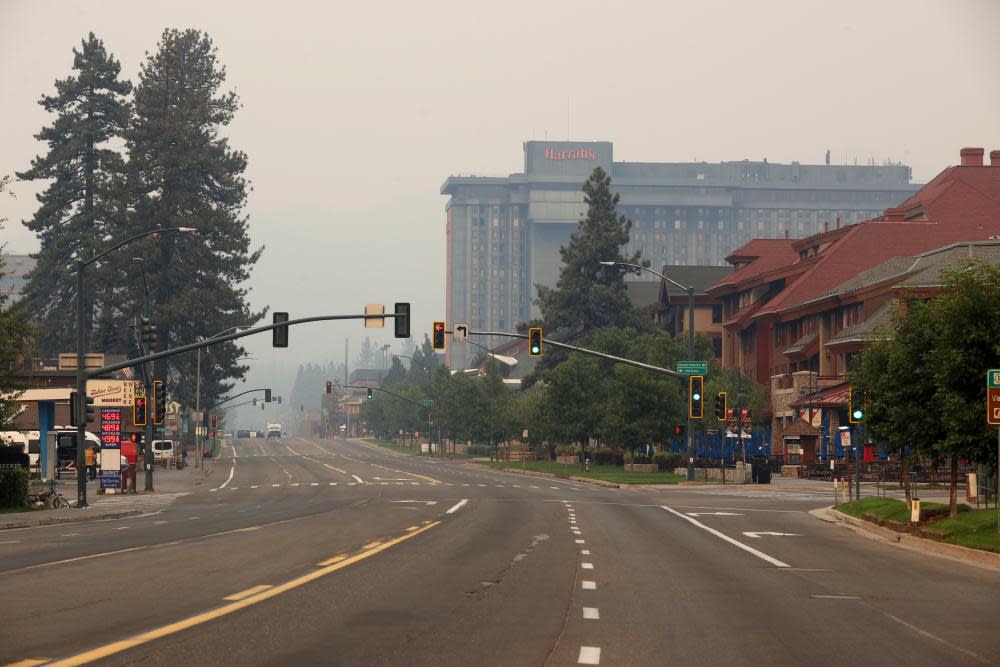
Related: ‘Our future might not look the same’: wildfires threaten way of life in California’s mountain towns
For weeks, thick smoke filled the skies above Lake Tahoe, emptying the normally bustling towns that surround its alpine blue waters during the waning summer weekends. Eateries were closed, campgrounds cleared, and boats stayed anchored or moored along the shore.
The Caldor fire forced both residents and visitors to flee, raising questions about the future of wilderness playgrounds in the American west in an era when wildfires are getting worse. Mountain towns and gateway communities depend on vacationers and adventurers who will drop dollars on outdoor experiences and sweeping views. But the changing climate could put those profits – and the local economies that depend on them – in peril.
“You begin to see people canceling trips, concerts being canceled, all activities outside being canceled, forests being closed, parks being closed,” said Carl Ribaudo, a South Lake Tahoe resident who also advises the local tourism industry, which pulls in roughly $3bn a year. Ribaudo fears that increasingly ferocious wildfires aren’t just threatening a single tourist season but the future of Lake Tahoe as a holiday destination.
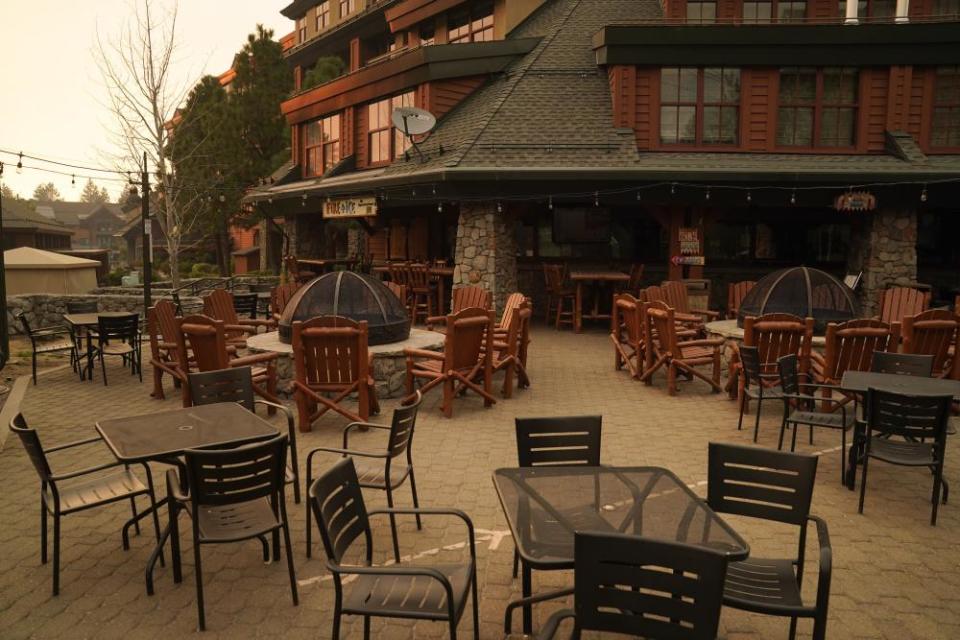
“There’s a longer-term impact that I don’t think everybody’s seeing yet,” he said, “and that’s how fires are changing consumer behavior as tourists begin to think about future summer trips or summer experiences.”
The enormous Caldor fire came within miles of South Lake Tahoe, a popular destination town that’s home to more than 20,000 people. Tourism, the lifeblood of the region, was on the minds of some evacuees there even as they anxiously awaited the fate of their town. Owners of Sierra-at-Tahoe, a popular ski resort, optimistically announced this week that most of their infrastructure was spared and that they would soon be back to preparing for winter guests.
“We can come back,” said John Rice, the general manager, in a statement. “We will be back, to celebrate our 75th anniversary with our Sierra family this winter.”
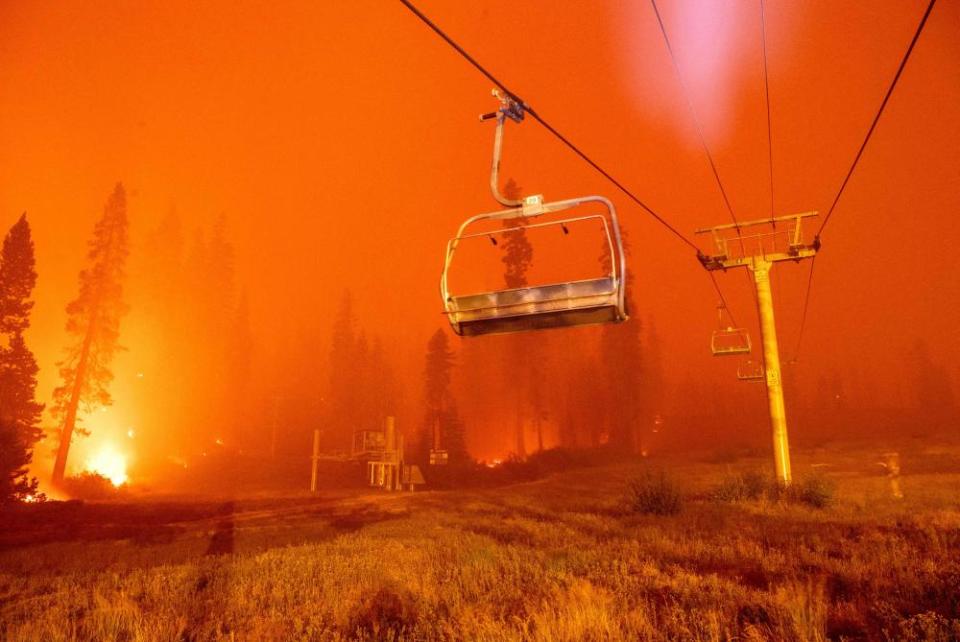
But from young families to retirees, many in the city are still reeling from the experience. “To see those people coming in from my community – they work in the tourism industry and their lives, their jobs, their families, little kids, have all been disrupted,” said Ribaudo. “They didn’t know what the next step was or if they would even have a job.”
Even now that most of the danger has passed for South Lake Tahoe, there’s still a lot to clean up. Ski lifts have to be tested for safety. Ash still decorates the rooftops and firewood piles. And, deeper into the mountains, the structures that weren’t spared will have to be assessed.
He noted that, in the short term, tourism will surely take a loss. He is confident people will return eventually but worries the perception of places like Tahoe could soon shift. People may be increasingly likely to spend their precious vacation dollars where there is less of a chance that smoke will ruin their trip.
There’s also concern that gateway communities near national forests in California, all of which have been closed under an order from the US Forest Service, will take a hit for the second year in a row. The agency pre-emptively shuttered the sites just before Labor Day through 17 September due to high fire danger. Samantha Reho, a spokesperson for the agency, said the decision was the last one officials wanted to make, especially during a typically busy holiday weekend.
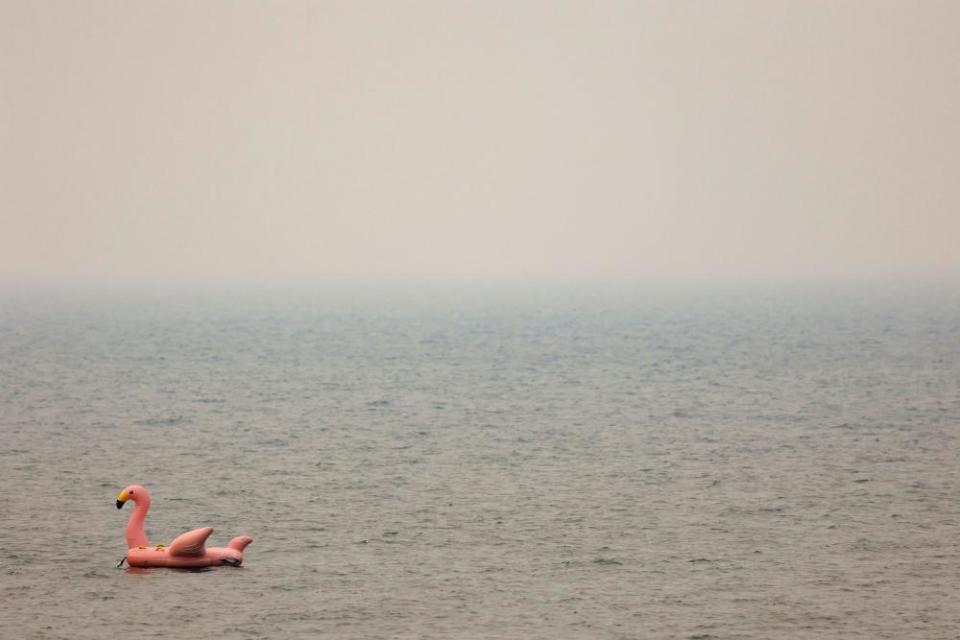
Reho said there was no certainty about whether orders like this will occur in the future, season after season.
“We remain optimistic but we also have to remain realistic,” she said. “We are paying attention to climate change and it is not trending in the right direction.”
Dyana Kelley, President of CampCalNow, the professional trade association for owners and operators of campgrounds, said that even areas of California where there are no fires are seeing cancellations. The Golden State still has an array of outdoor options far from the smoke and flames. The national parks, which operate under different jurisdiction from the national forests are still welcoming visitors.
“There’s a perception when there’s a fire, that all of California is on fire,” Kelley said. “We are seeing people deciding to cancel reservations just because they are unsure about an area.”
When people cancel reservations in privately owned campgrounds due to smoke or out of fear, Kelley said the owners typically eat the cost. Insurance claims can’t be made on losses not directly caused by the fires. Other businesses, like restaurants in gateway communities or outdoor touring companies are also taking a hit, especially in areas close to the shuttered national forests.
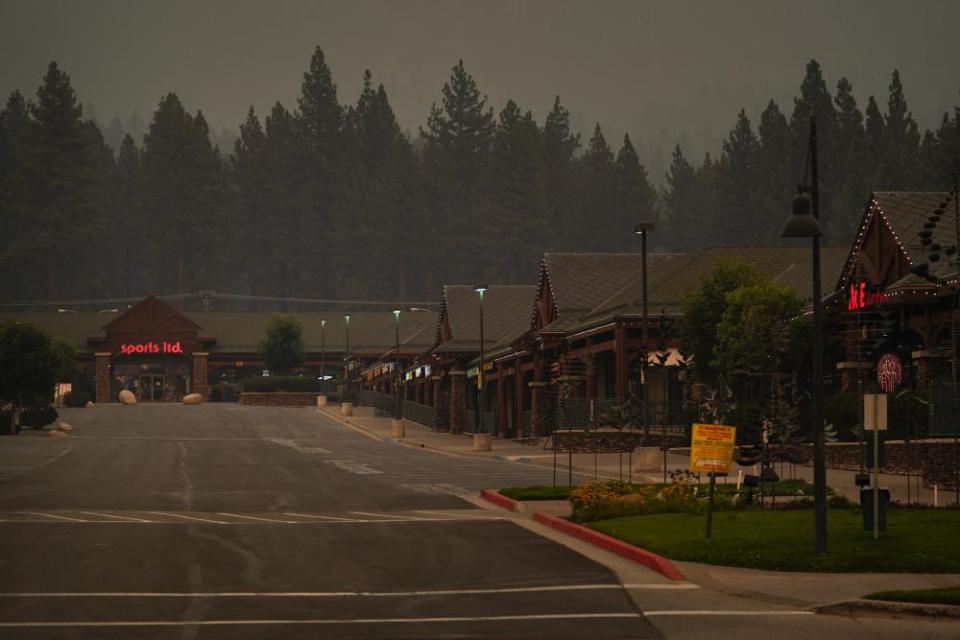
“You can’t even go for a hike,” she said. “That is a huge, huge hit to those areas that are still operating or functioning.” The fires burning now also have the potential to affect areas long into the future, as infrastructure, trails, and beautiful landscapes that attract visitors in the still-growing burn scars will need time to recover. “The attraction is to sit amongst the trees and the wildlife,” Kelley said. “Are people going to go if the campground gets rebuilt but everything around it is burned? As a lifetime camper myself, I don’t know.”
Over in the quaint mountain town of Quincy, the still-burning Dixie fire has been a constant threat this summer. Shelley Hunter, a board member of the Feather River Tourism Association and owner of the Quincy Feather Bed Inn, says her typical customers – festival goers, mountain bikers, or outdoor enthusiasts – have been replaced by first responders and displaced residents as nearby towns such as Greenville have been leveled by the flames.
“We have personally experienced cancellation after cancellation again this year,” she said. “This year might turn out to be worse than last year – and I thought last year was bad.”
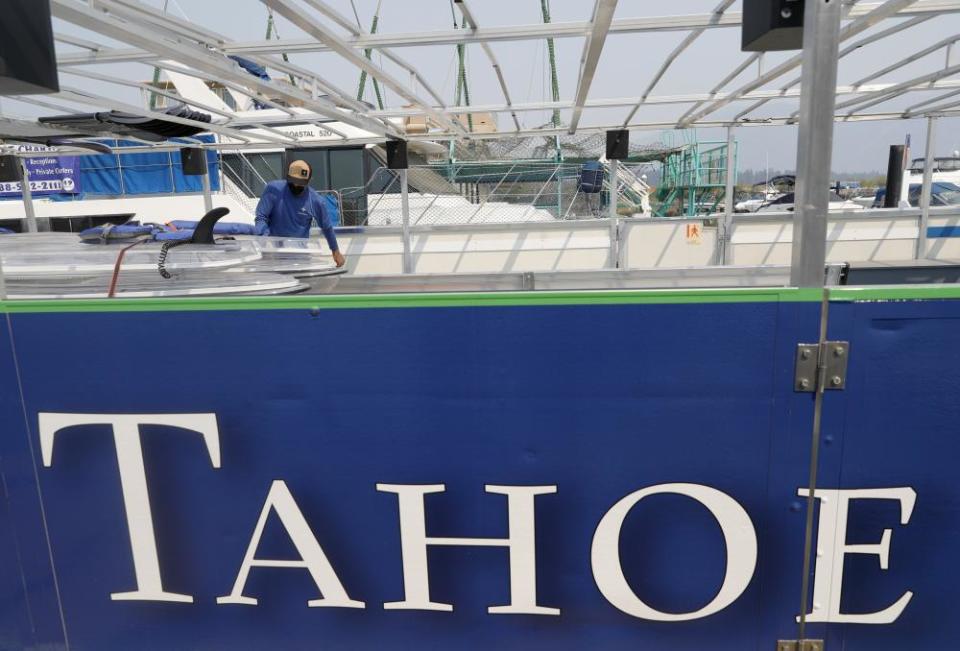
Hunter is concerned about the area’s ability to attract visitors even after the flames are put out. Members of the local workforce are leaving town, some driven away after too many close calls, others who already lost their homes.
“It seems like our summers are getting stolen,” Hunter said. “We just have winter, spring, and fire season.”
She has thought about leaving too. For weeks she has watched the pyrocumulus clouds collecting on the horizon. There were times when she and neighbors sat out in lawn chairs in front of her inn watching the fire creep closer on the ridge above, as evacuation alerts pinged on her phone. This is life in the shadow of the Dixie fire. “It reminds me of the dust bowl,” she said. “You think, why didn’t those people leave sooner? They just stayed there and it was all dusty. But here we are sticking it out, fire after fire.”
She’s sticking it out for now, too. There’s still hope that people will return after the fire has been put out, seeking out what’s left of the splendor that makes this place special. “This is where people come to escape,” she says. “That is always going to hold true.”

